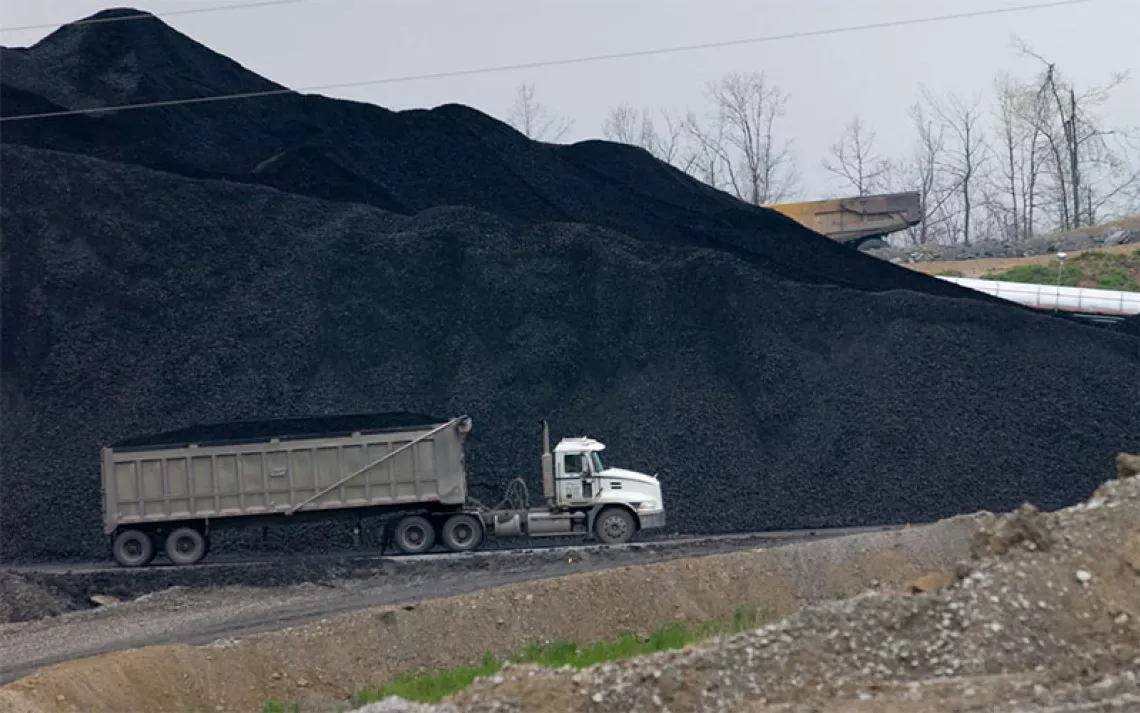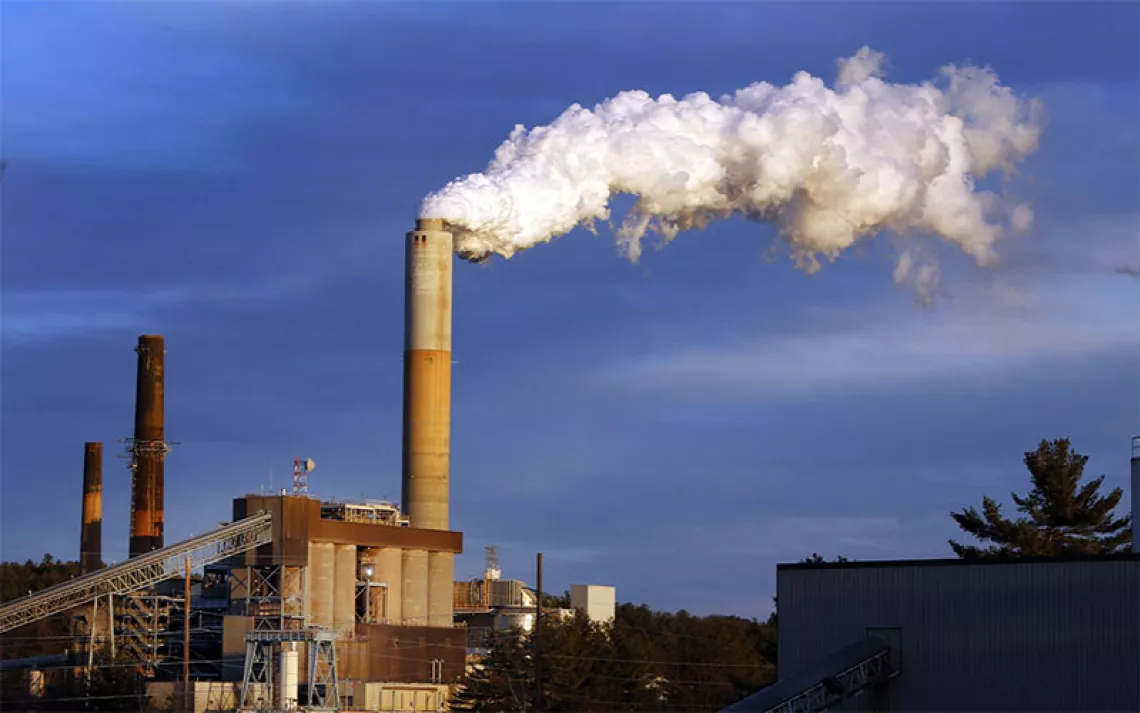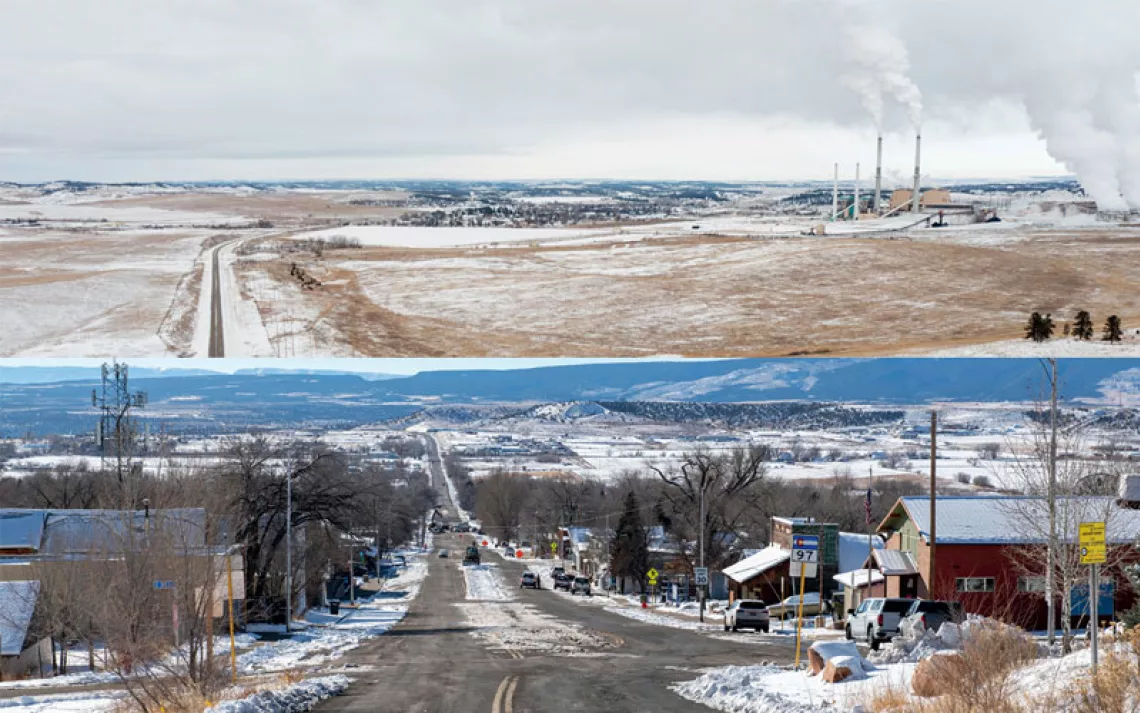Walmart Uses How Much Coal?

One of the things that makes greenwashing possible is the structure of the American media. Reporters have an instinctive affection for the unexpected or counterintuitive, so when the press release from Walmart arrives pledging to shift to 100 percent renewable energy and touting the solar panels on the roofs of some stores, it gets wide play. In slightly better circumstances, it gets the “on the one hand, on the other hand” treatment.
Stacy Mitchell and Walter Wuthmann at the Institute for Local Self-Reliance have delved deeper into Walmart’s energy use, which they recount in a new report, Walmart’s Dirty Energy Secret. The acclaimed solar panels and other renewable sources, they find, account for only 3 percent of the chain’s electricity use, and most of its rooftop solar is located in places that source little of their energy from coal.
Meanwhile, across the most heavily coal-dependent regions, Walmart has only a few green power initiatives.
As with every aspect of Walmart’s operations, cost is the only factor dictating its energy decisions. Walmart buys the cheapest electricity it can find. In a few places, that can mean wind or solar. But across much of the country, where coal-fired electricity is cheap and plentiful, Walmart does not invest in renewable power. Publicly, Walmart promotes itself as a leader on green power, but it is more forthcoming with investors. “The only [solar] projects that we were doing are the ones that economically make sense at the store level,” Marty Gilbert, Walmart’s director of energy, told Bloomberg News in 2012.
The ILSR study finds that elsewhere, Walmart’s energy needs require the burning of a staggering amount of coal: 4.2 million tons a year. The chain is so immense that this equals half of one percent of all the electricity produced from coal in the entire country, and results in 8 million metric tons of carbon pollution in the atmosphere each year. That’s a stain that no amount of greenwashing can wash away.
 The Magazine of The Sierra Club
The Magazine of The Sierra Club



